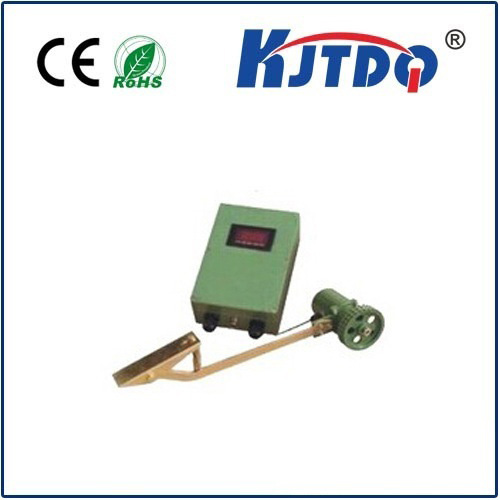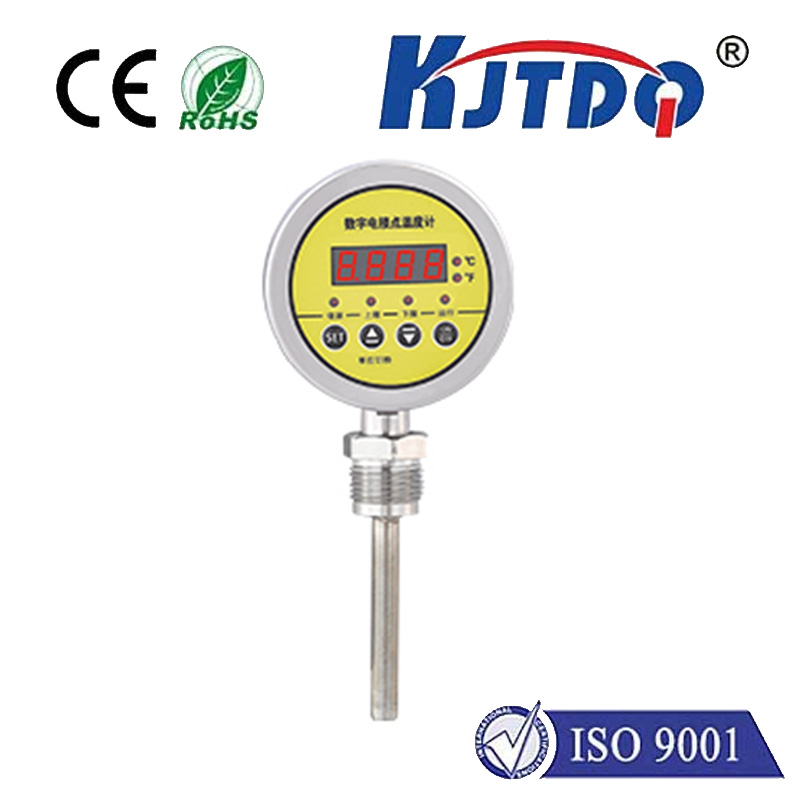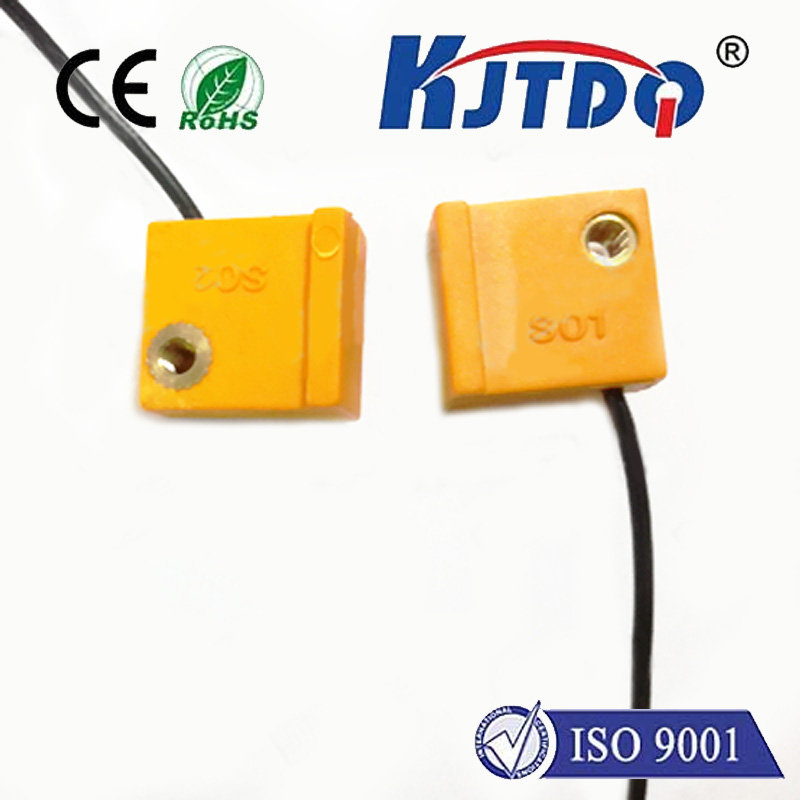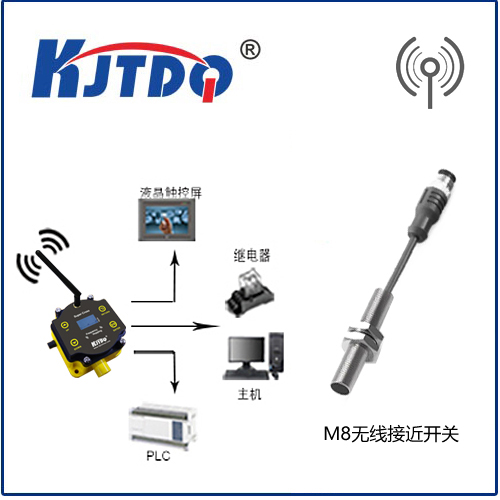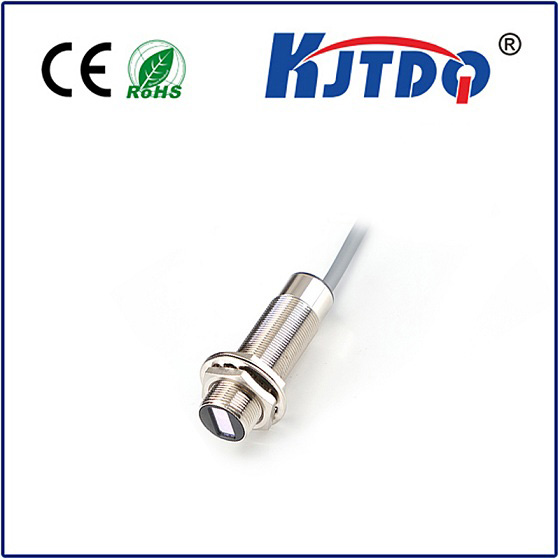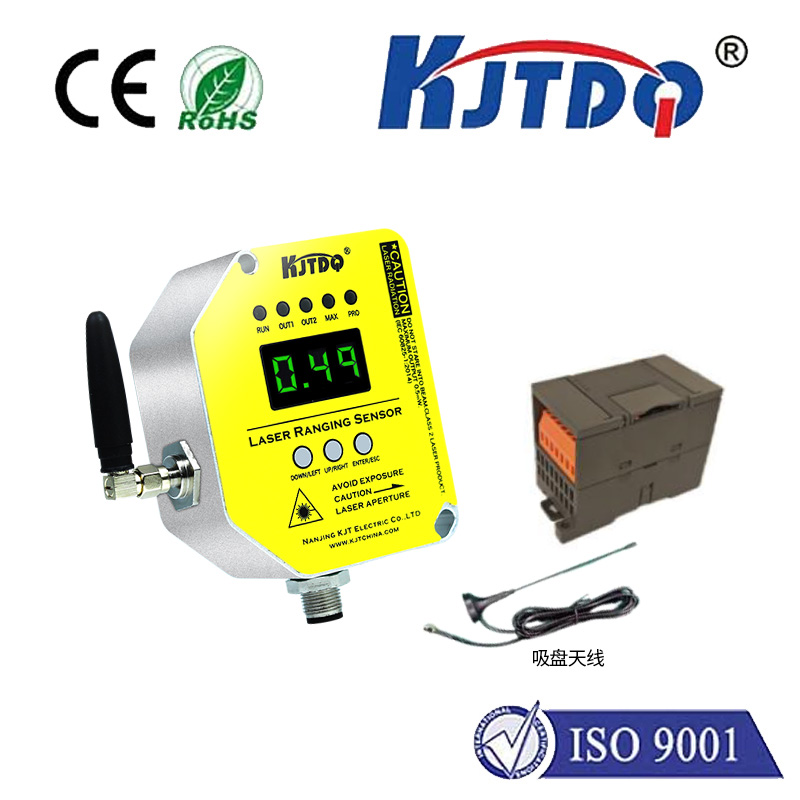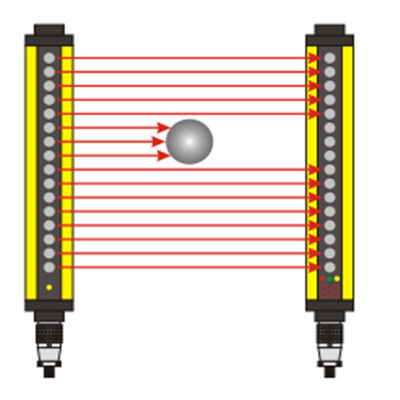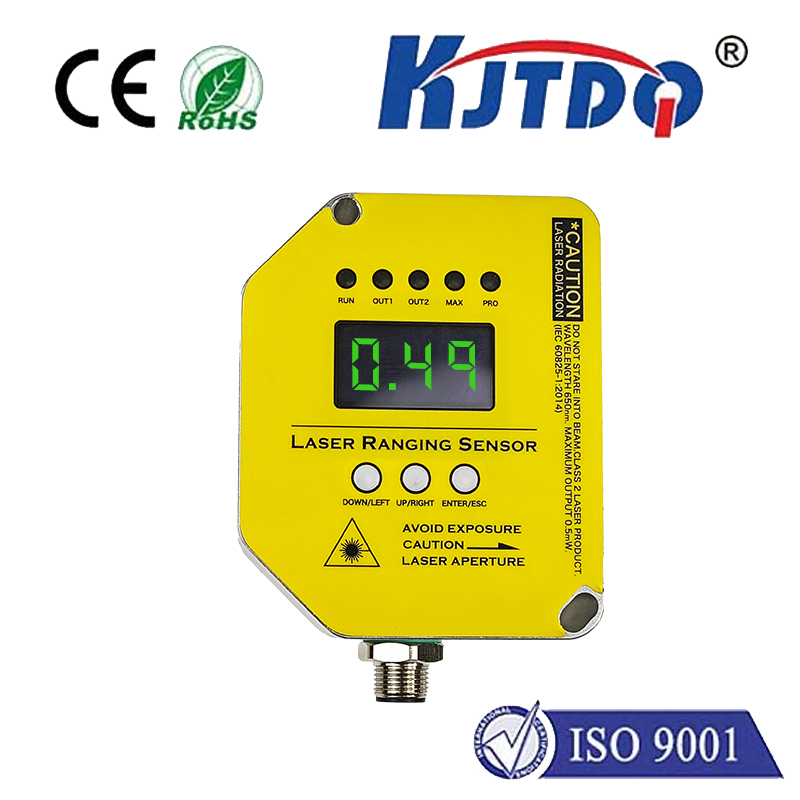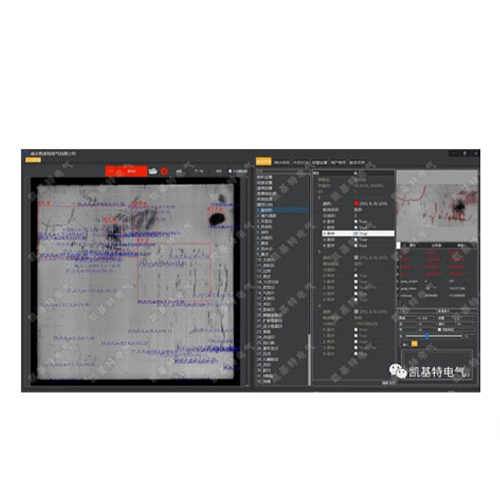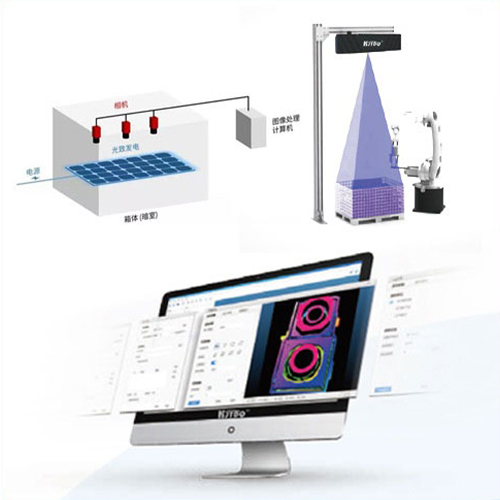

check

check

check

check

check

check

check

check

check

check
Imagine a world where supermarket doors wouldn’t open automatically, production lines halted unpredictably, and packaging machines struggled to know if a box was present. This was the reality before the widespread adoption of photoelectric control. This ingenious technology, silently operating around us, leverages the fundamental properties of light to detect objects, measure distances, and trigger actions without physical contact. It is the invisible hand guiding countless automated processes, ensuring efficiency, safety, and precision in industries and daily life.
Photoelectric control fundamentally works by employing a light source (usually an LED, often infrared for reliability) and a receiver. The core principle is simple: the presence, absence, or change in the light beam reaching the receiver triggers an electrical signal within the control system. This signal then commands a machine or process – open the door, stop the conveyor, count the product, or initiate the next step. The non-contact nature is key, eliminating wear and tear while enabling high-speed detection of even small or delicate objects that mechanical switches would struggle with.
Several distinct photoelectric sensor configurations tackle different application challenges:

Why is photoelectric control so revolutionary in automation systems? The advantages are compelling:
The applications span virtually every sector:
Modern photoelectric sensors are incredibly sophisticated. Brightness sensors can differentiate shades of gray. Contrast sensors detect marks or print on backgrounds. Color sensors identify specific hues. Laser-based versions offer pinpoint accuracy for small object detection or precise positioning. Many incorporate advanced diagnostics and teach-in functions for easy setup.
When implementing photoelectric control, considerations include the detection mode (through-beam, retro-reflective, diffuse), required sensing range, environmental factors (dust, moisture, temperature), target characteristics (size, color, reflectivity, material), and response speed. Choosing the right sensor type and properly installing it are crucial for optimal system performance and reliability. Look for features like polarization filters (to ignore shiny surfaces in retro-reflective mode) or background suppression (for reliable detection at a specific distance, ignoring objects beyond).
From the convenience of an automatic door to the relentless precision of a high-speed bottling plant, photoelectric control systems provide the essential eyes for automation. They translate the simple interaction of light and objects into powerful, reliable control signals, driving efficiency and innovation across countless industries. Mastering their principles and applications unlocks the potential for smarter, faster, and more responsive automated processes. Whether ensuring precise component placement or simply making our daily interactions with technology seamless, the unseen beam of photoelectric control continues to illuminate the path forward.
